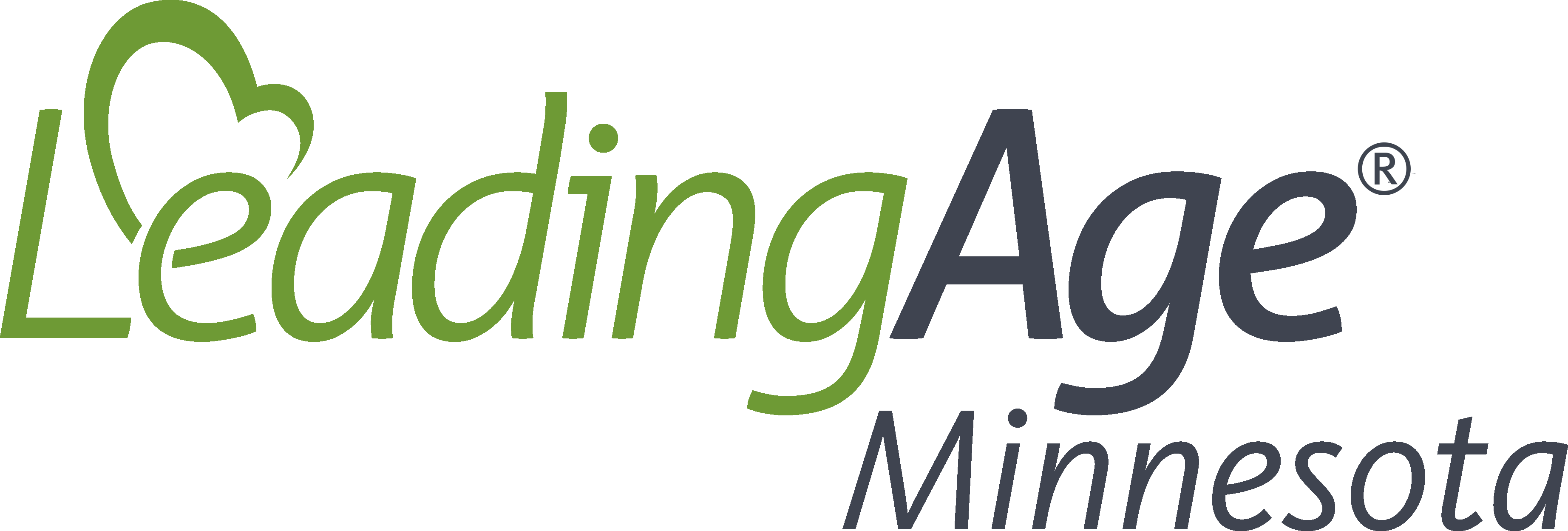HCBS Settings Rule Guidance Provides Path Forward for New Construction Settings
Posted on August 13, 2019 by Bobbie Guidry
In last week’s Advantage, we featured a story on new guidance for heightened scrutiny review of newly-constructed presumptively institutional settings under the Home and Community-Based Services (HCBS) Settings rule. This week we are sharing additional detail from the Bulletin on how new construction settings required to undergo heightened scrutiny can qualify for Medicaid (waiver) reimbursement and providing examples of reimbursement pathways for new construction settings.
CMS has defined presumptively institutional settings are those that have at least one of the following characteristics:
- Being co-located (in the same building) with a nursing home or similar institutional setting.
- Being on the grounds of or adjacent to a public institution (e.g., a government-owned nursing home).
- Having the effect of isolating individuals receiving Medicaid HCBS.
Guidance issued in 2016 stated that new construction, presumptively institutional settings could only undergo heightened scrutiny once they were operational and occupied by individuals receiving Medicaid HCBS. This new guidance changes this policy. CMS will now allow such settings to undergo heightened scrutiny based on non-Medicaid beneficiaries, including individuals paying for services privately.
The guidance also provides information on how new construction settings required to undergo heightened scrutiny can qualify for Medicaid reimbursement. In short, new construction settings that demonstrate compliance with the Settings Rule can receive reimbursement dated to when that setting complied with the Settings Rule and had Medicaid beneficiaries.
CMS provided examples of reimbursement pathways for new construction settings in its Aug. 2 guidance:
- Example 1: A state submits to CMS a newly constructed setting in the same building as an institution providing inpatient treatment for heightened scrutiny review on July 1, 2019. The setting is furnishing services to a mixture of private-pay individuals and Medicaid beneficiaries. The state submits information to CMS about how the setting overcomes its institutional presumption and adheres to the home and community-based settings criteria based on their assessment conducted on June 1, 2019. CMS reviews the state’s submission and agrees that the setting overcomes its institutional presumption. FFP would be available for expenditures for HCBS provided by this setting on or after June 1, 2019.
- Example 2: A state submits to CMS a newly constructed setting on the grounds of a public institution for heightened scrutiny review on July 1, 2019. The setting is furnishing services to private-pay individuals, but not yet to Medicaid beneficiaries. The state bases its description of how the setting overcomes its institutional presumption on the experience of those private-pay individuals. Medicaid beneficiaries are accepted into the setting on August 1, 2019. CMS reviews the submitted information and requests additional information of the state on September 15, 2019. That request asks the state to attest that Medicaid beneficiaries receiving services at the setting have person-centered service plans as referenced in the regulation and are experiencing the setting similarly to non-Medicaid participants consistent with the settings criteria and have access to the broader community to the degree that is outlined in their person-centered service plans. This information was not described in the state’s original submission to CMS, as the private-pay individuals receiving services at the setting are not required to have person-centered service plans. The state follows up with the setting on October 1, 2019 and based on a review of person-centered plans and/or beneficiary interviews, determines that those regulatory requirements are being met and person-centered plans were in place on the day the setting began providing services to Medicaid beneficiaries. The state submits an attestation to that effect to CMS on October 15, 2019. In that instance, FFP would be available for expenditures for HCBS provided on or after August 1, 2019.
- Example 3: In the same scenario described in Example 2, if the state finds that those person-centered planning regulatory requirements are not being met, the setting would be required to implement remediation to comply with those provisions. In this example, the state verifies that the setting completes needed remediation on November 15, 2019 and provides an attestation to CMS on December 1 that the remediation has occurred. FFP would be available for expenditures for HCBS provided by the setting on or after November 15, 2019.
Comments
Add a comment
Members must sign in to comment
You must be a member to comment on this article. If you are already a member, please log in. Not a member? Learn how to join »

No one has commented on this article yet. Please post a comment below.